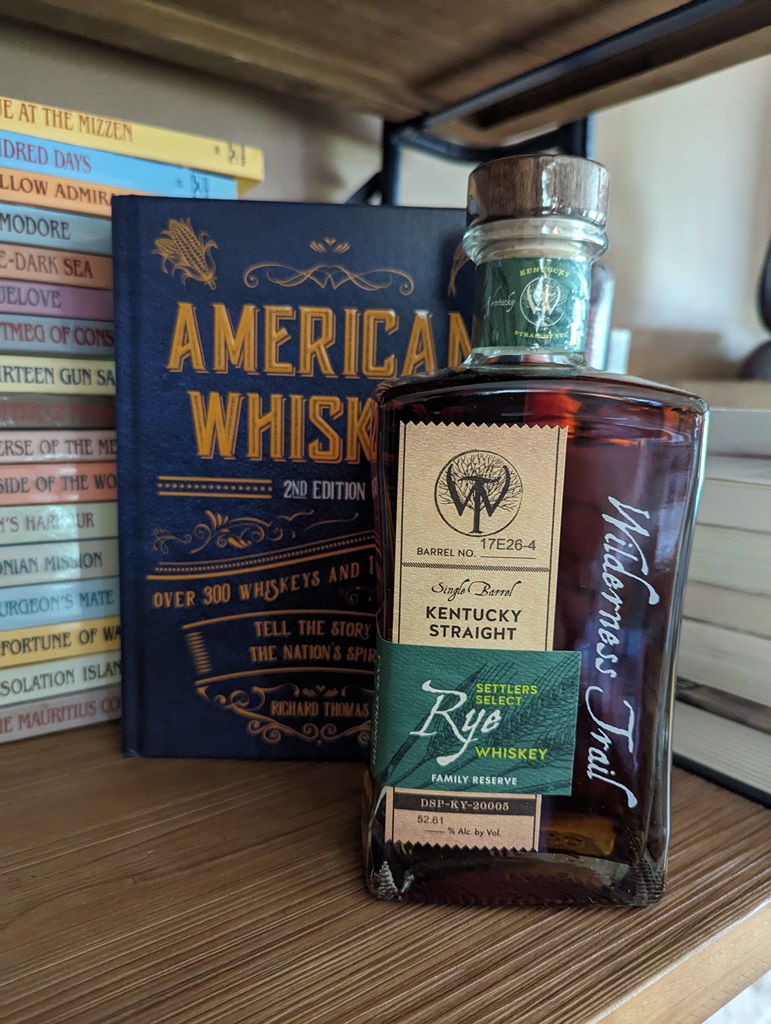Q&A With Gordon Motion, Famous Grouse Master Blender
The WR Chats With Edrington’s “Malt Master”
By Richard Thomas

Gordon Motion
(Credit: Edrington)
As the Master Blender for the Edrington Group, Gordon Motion had been the man behind the flavor profile of many high profile Scotch expressions in recent years, what with The Macallan and Cutty Sark as part of his purview. However, it’s Motion’s work with The Famous Grouse that is the most familiar to the greatest number of palates. I recently got some time out of Motion’s busy schedule, and we explored his work with the top blended brand in Scotland.
RT: I’ve read that your father was a teetotaller and your grandfather was a full-fledged Temperance man. How did you find your way into the Scotch trade?
GM: My father does actually drink, but not much. My grandfather was a member of the Rechobites, a temperance movement in Scotland. I’d had an interest in homebrewing since my teenage years and after completing three years of Computer Science degree, realised I wanted a change in direction. After graduation, I continued with a postgraduate diploma in Brewing and Distilling at Heriot Watt Uni. From there, I worked in several breweries and a maltings, before finally getting the job as the previous Master Blender’s assistant.
RT: The Famous Grouse is often billed as the top blended Scotch in Scotland, and it has been since 1980. How do you account for its enduring popularity on Scotch’s home territory?
GM: Despite the added costs, we still insist in using ex sherry casks and the process of marrying our whiskies once blended. Many companies have given up both of these. However, this gives us the flavor and texture which people will recognize in Famous Grouse.
RT: You succeeded John Ramsay, a legendary 43 year veteran, back in 2009. Now that you’ve been on the job for going on six years, what have been your major accomplishments so far?
GM: I still think back to the launch of Black Grouse a number of years ago. To see something I’ve created being enjoyed by so many people each year is very pleasing. I’m in a lucky position to see and create many old whiskies, but they will only ever be enjoyed by a few people.
RT: Last year’s Black Grouse Alpha won some serious plaudits. Since blending is a mystery to some, especially in America, could you describe what went into conocting it?
GM: For most new whiskies, I receive some sort of direction form either the Brand team or from the markets. For Black Grouse Alpha the lead was simple – make it bigger, smokier and more Alpha male! That meant I could dial up the peated whiskies and increase the age of the whiskies which go into it. I still have to be careful with the peated whiskies to ensure I get the right oily smokiness from them rather than just a thin peat note if the wrong ones are used. I also have to bear in mind the Famous Grouse DNA which comes from our use of ex sherry casks. Too strong and it fights with the peat.
RT: Let’s say you are at Whisky Live and you meet some American bourbon drinkers. What qualities are in The Famous Grouse line that might attract them?
GM: Our main departure from the sherry cask message comes from Snow Grouse, a blended grain. For this, we specify that some of the casks must be first fill bourbon to give that creamy vanilla, woody, coconut character. In addition to the grain whisky being main made from maize, this is closer to bourbon production and may appeal more.
RT: It’s a busy time in Scotch, when it seems like something new is always just around the corner. What can we expect from The Famous Grouse in the near future?
GM: The one thing I’ve learned will never change, is there will always be change. We are required more than ever to keep innovating in the world of whisky and as such, I’m asked for new versions regularly. Keep an eye out for the follow on to our 40 year old decanter which won best in class at last year’s International Spirits Challenge.



That Black Grouse Alpha was very good stuff!